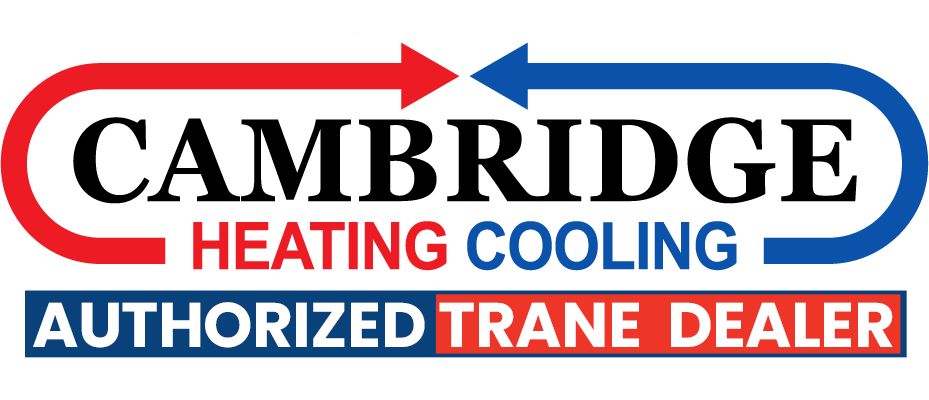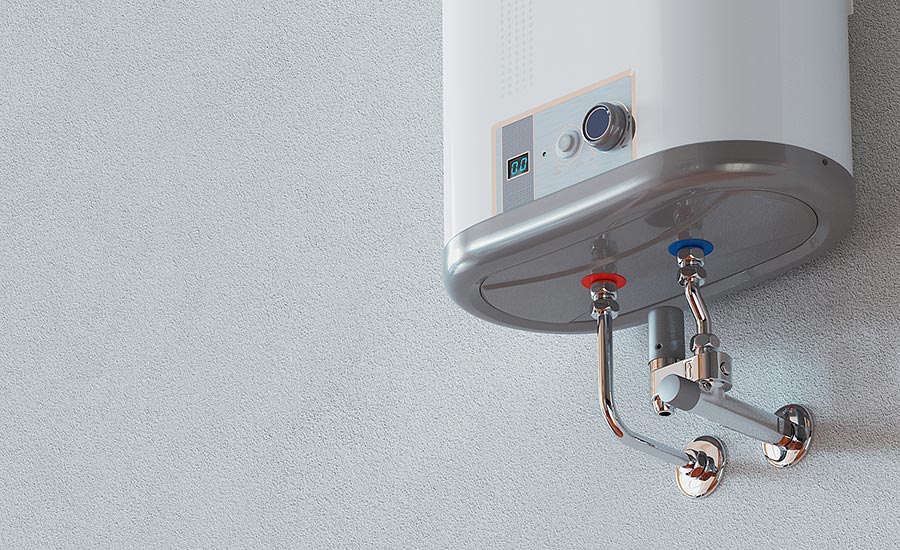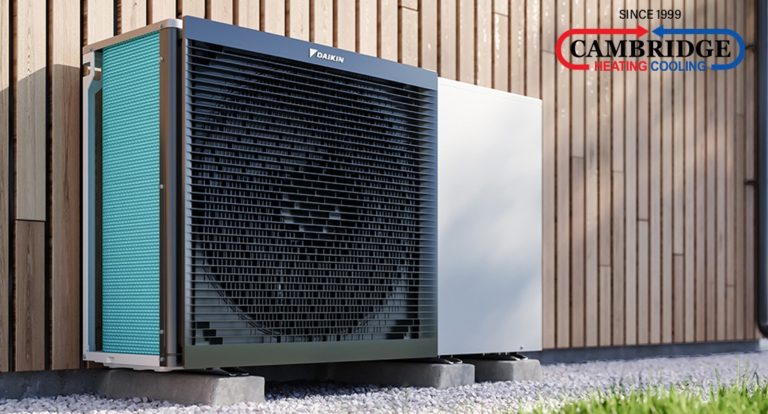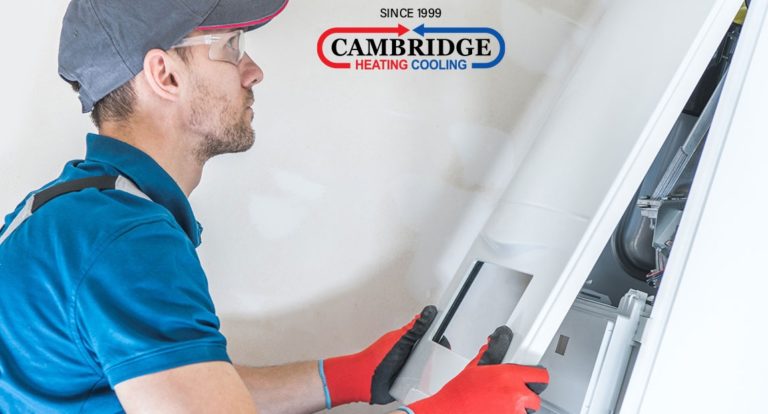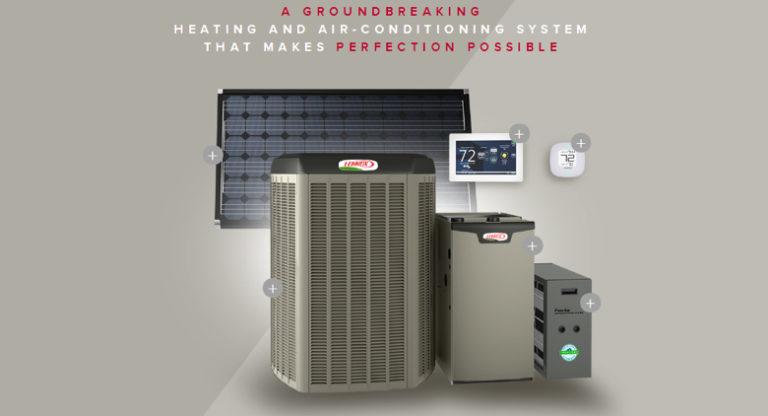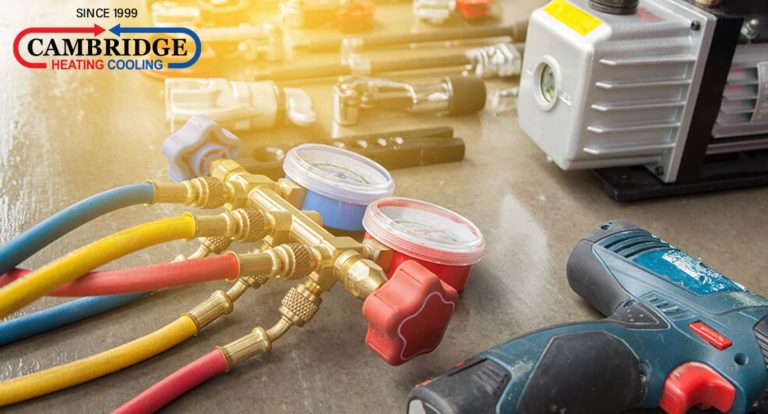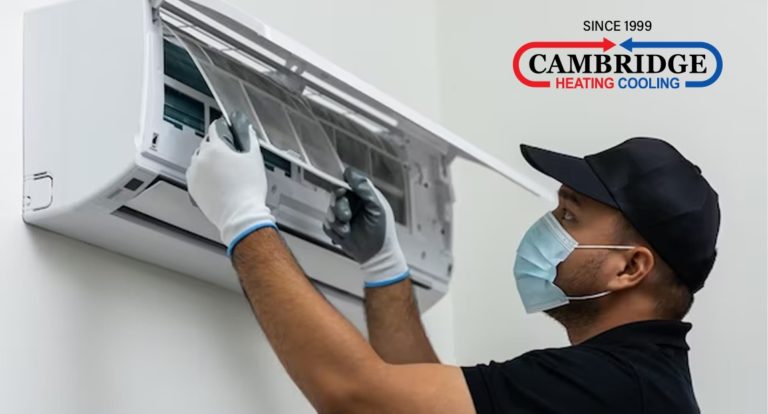Day recirculating pump installation for tankless water heaters
Abstract
Since our home had a recirculating pump attached to the old tank heater and I had wanted the efficiency of a tankless water heater for years. I never understood how to get one put. On the internet. I couldn’t locate any instructions on how to manage both a recirculating pump and a tankless water heater. The problem with this design is that the tankless water heater needs running water to turn on the burner. Another solution must develop to have a hot water configuration that comprises a tankless water heater and You can consider the best option for it by just clicking Tankless Water Heater Toronto.
Introduction
It takes careful planning to create a water heater system for a residential home that includes both a recirculating pump and a tankless water heater. In this post. We’ll go over how to plan a tankless hot water installation. What to buy. How to set up for the installation. How to install the heater itself. And what to expect from a tankless water heater. You can consider the best option for it by just clicking Tankless Water Heater Installation Toronto
Hardness of water
A tankless water heater will destroy by hard water. The heater’s efficiency is ruined by the calcium buildup. Which will eventually stop the water from moving. It is crucial to test your water before you install the heater. And you want it to have a ppm level of less than 50. You must install a water softener if your water isn’t soft.
Fuel flow
When operating. Tankless water heaters consume a lot of gas. The onboard computer will produce an error and the heater won’t operate properly if it can’t get the required flow of gas. Most heater manufacturers stipulate that a 3/4″ gas line is required to connect to the heater. Some manufacturers advise installing a larger gas meter from the gas company and testing whether you have enough pressure from the gas meter. Since the gas line was already 3/4″ from the meter when I installed it. I didn’t make any changes to it. The first time the heater fired up. I was undoubtedly anxious as I awaited a computer error. But gas pressure has never been a problem with my installation.
Ventilation and exhaust
The main source of problems with tankless hot water systems is exhaust and venting. Many installers connect the heater directly to the ductwork that already exists. Which almost always results in system failures. You must certain to use the venting recommended by the heater’s manufacturer. The heater will unquestionably malfunction if the improper venting is not used. To ensure that the heater performs as efficiently as possible and that the vent pipe is the proper size. The venting makers have worked closely with the heater manufacturer. Additionally. Make sure you adhere to all instructions for attaching the vent to the heater and venting it outdoors. Vent pipe should cost 20% of the heater’s price. The vent pipe needed for a tankless water heater is not galvanized and cannot purchased at big-box home improvement retailers.
The vent pipe is used by the heater for both exhaust and admission of fresh air. Your installation’s success depends on the choice of vent pipe. If you don’t employ the proper venting. The heater will destroy because the heater’s exhaust contains so many caustic molecules.
Drains
Condensing heater installation is popular among homes. Although a condensing heater has two drains. It is more effective. The second drain is for the condensing liquid. And the first drain is a pop-off valve in case of an over-pressure condition like that of a conventional tank water heater. When I received my heater. The condensing drain already had a clog in place. Your water heater will rust out if you fail to remove this plug or if you improperly install a drain to remove the condensing fluids.
Water and other petroleum byproducts are produced during the combustion of natural gas. It’s necessary to drain the water created by the combustion process. I decided to drain the liquids outside. Where there is a lot of greenery. For information on how to properly dispose of the condensing liquid. Check your local city and/or county codes. Manufacturers of water heaters offer systems for handling condensing liquid.
Pump for recirculation
A tankless water heater’s drawback is that the burner cannot turned on without a water flow. I was genuinely unsure whether the recirculating pump that was attached to the house’s existing tank heater could produce enough flow to for the burner to ignite. I decided to add a buffer tank that would maintain a little volume of hot water consistently hot because I didn’t want to take any chances with this installation. The “cold-water sandwich” phenomenon. Which occurs when the heater takes a while to respond to changes in the hot water flow needs when faucets are turned on and off throughout the system. Is also eliminated by installing a buffer tank.
